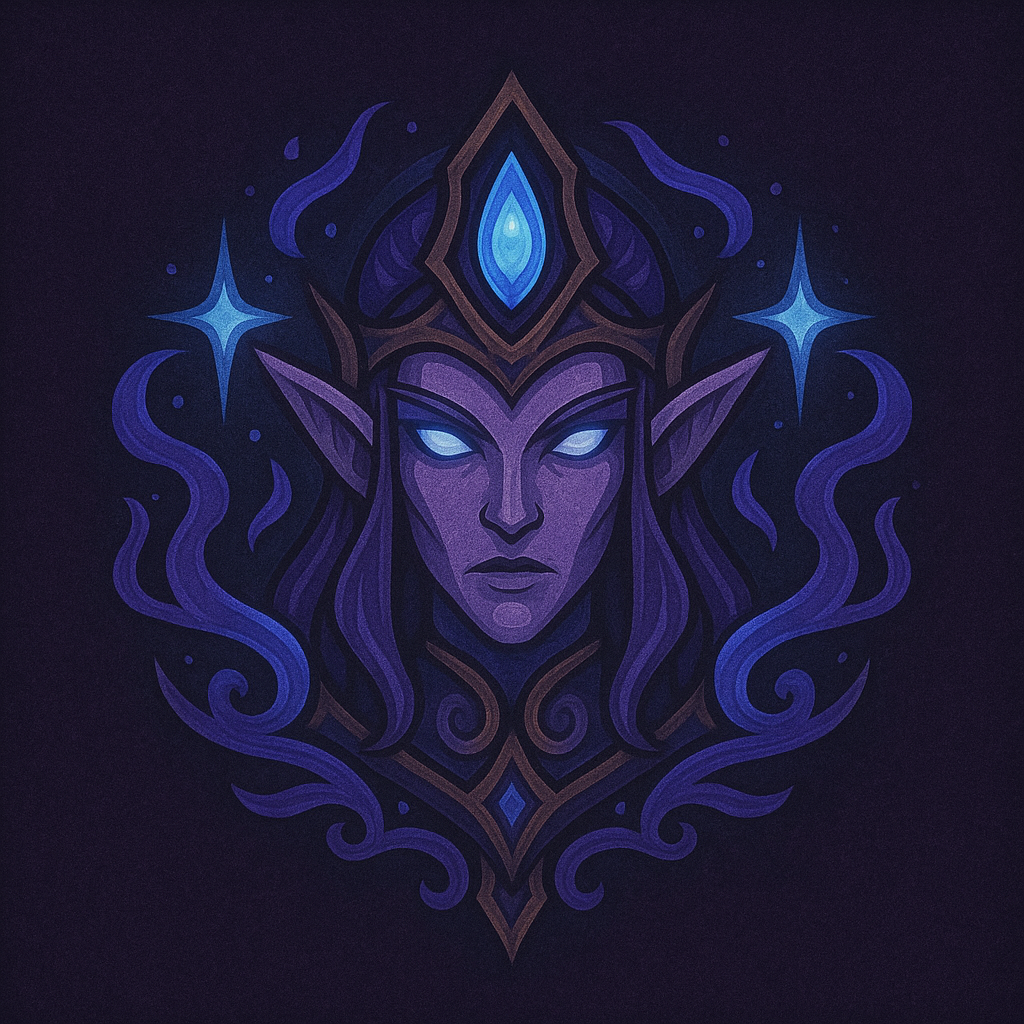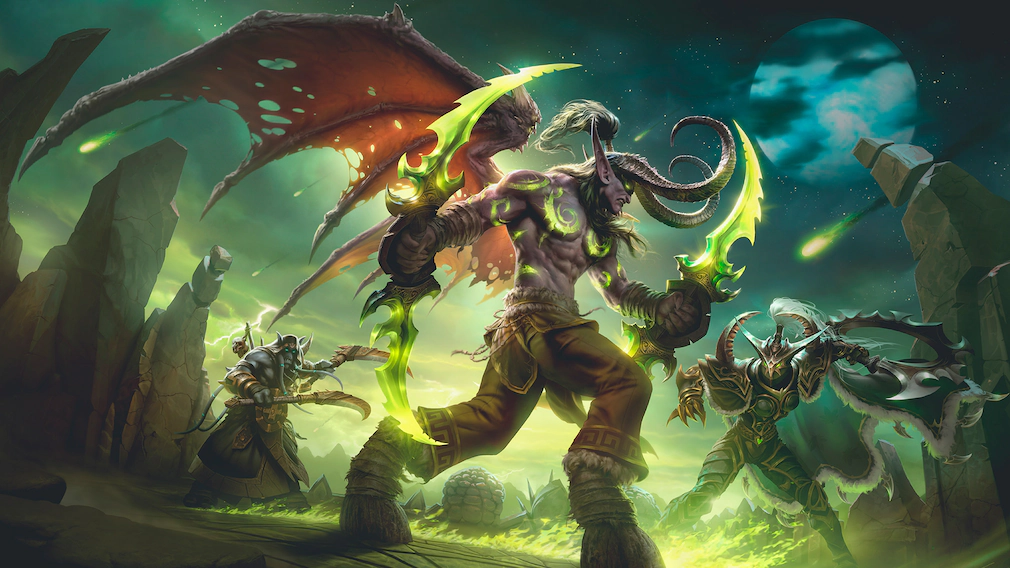
Your Trusted Source for WoW Guides and Updates
Stay informed with clear World of Warcraft guides, tips, and patch breakdowns—written by a longtime player who knows the game inside out.
Why Choose Us
We’re here to make your World of Warcraft experience better. Every guide, article, and tip comes from real gameplay and honest testing. We don’t follow trends—we follow results.
Expert-Driven Content
All guides are written by a long-time player who understands WoW mechanics and updates from firsthand experience.
Clear and Practical Guides
No fluff or filler. Just easy-to-follow steps, explained in simple terms, for players of every skill level.
Always Up to Date
We update our content as soon as the game changes. You’ll never be stuck with outdated advice.
No Ads or Distractions
Focus on the game, not popups. Our pages load fast and keep your attention where it belongs—on the content.
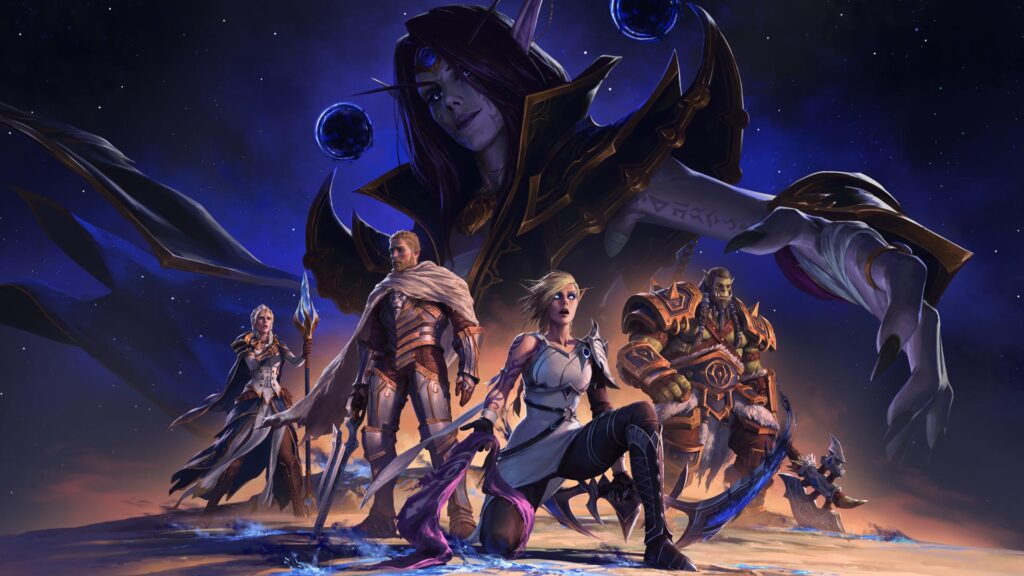
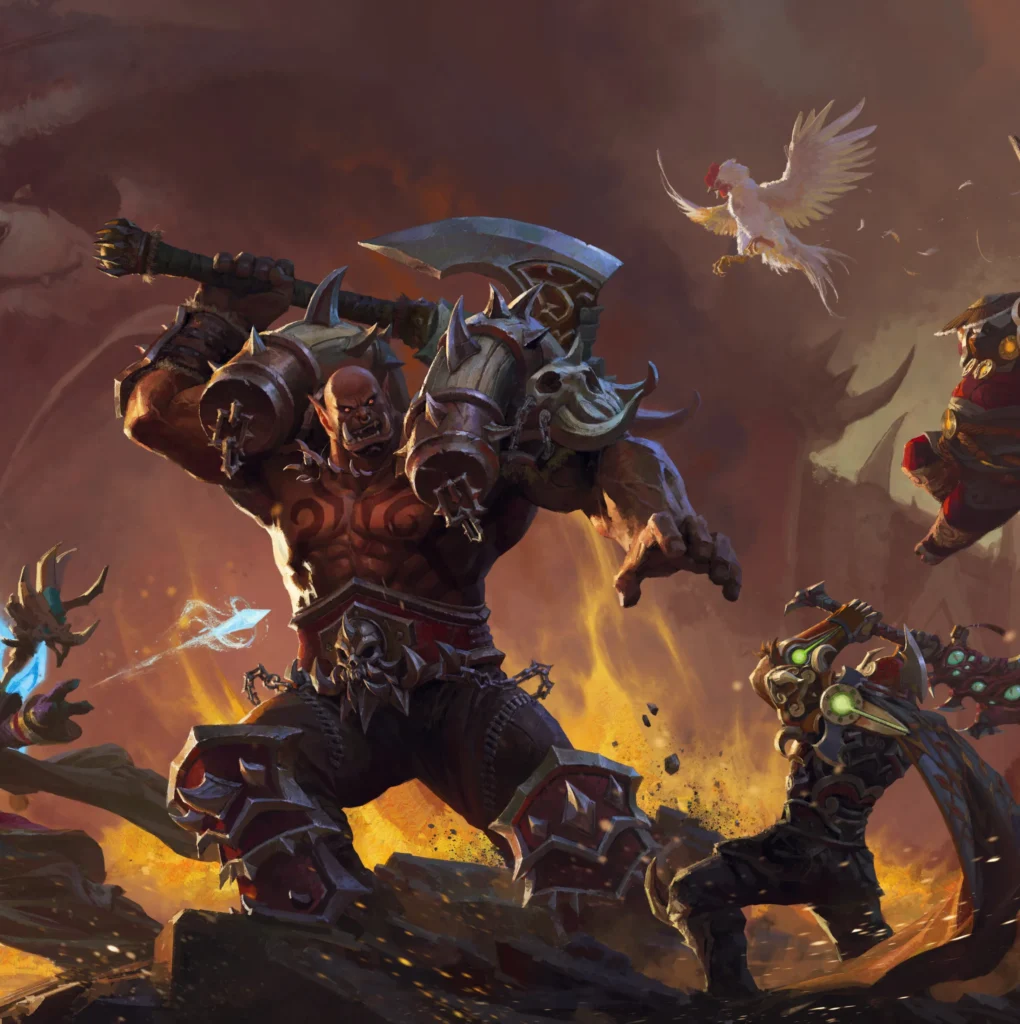
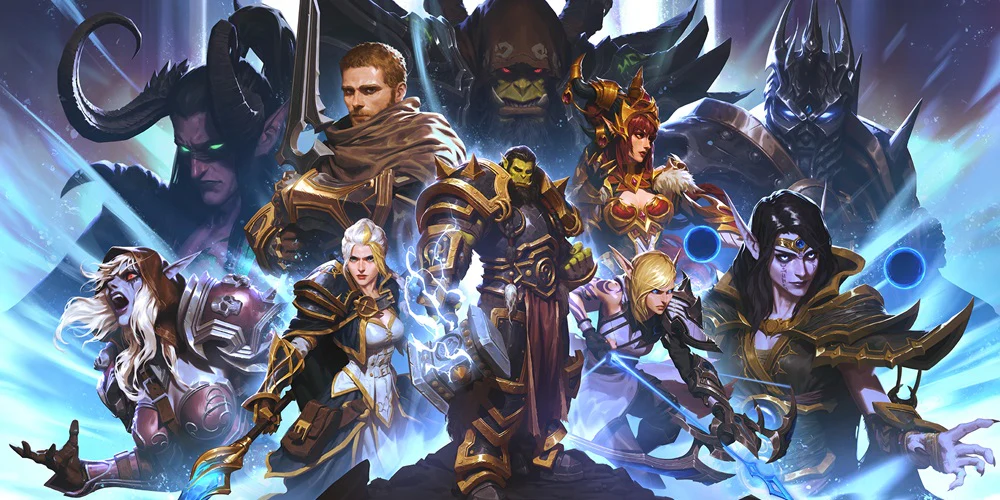
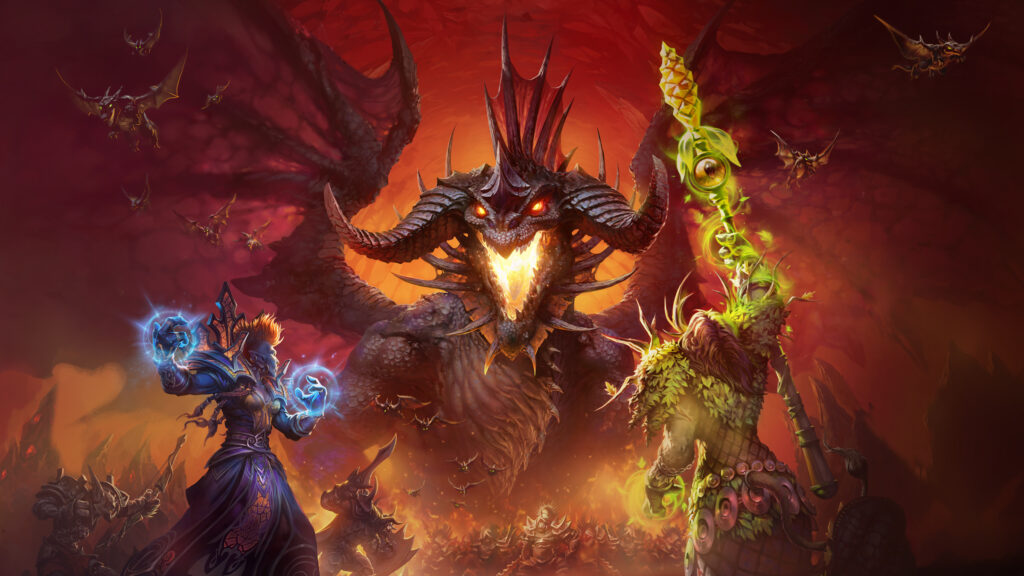
Frequently Asked
Questions
Got questions? Here are some quick answers to help you understand what we do and how this site works.
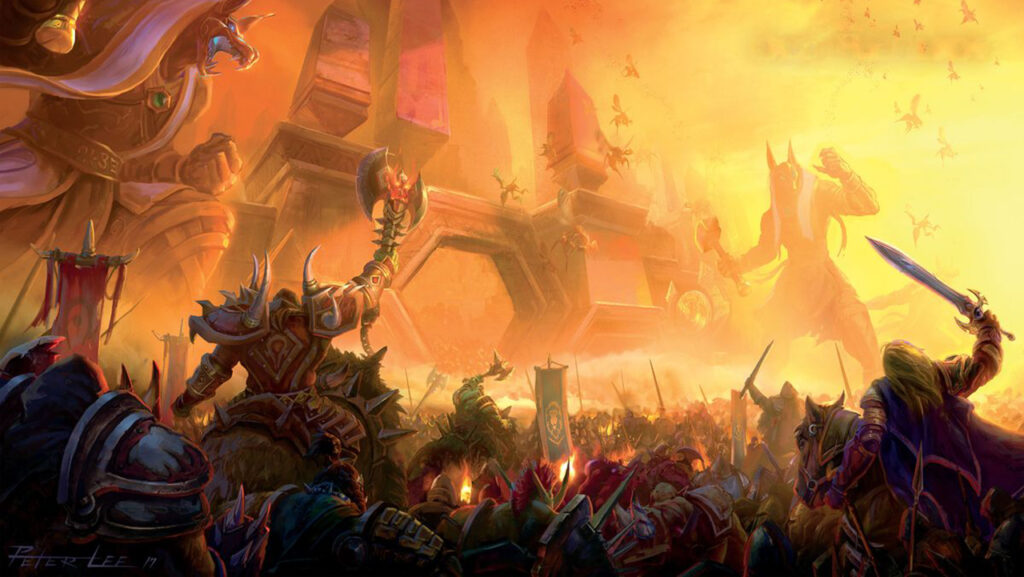
What kind of content do you publish?
We focus on World of Warcraft news, patch breakdowns, Mythic+ and raid guides, UI tips, and addon suggestions—all written by a real player.
How often is the site updated?
New content is added weekly. Major updates and patches are covered within 24–48 hours after release.
Do you cover both retail and Classic WoW?
Yes. While we focus more on current retail content, we also publish guides and tips for Classic versions of the game.
Dominate PvP Rankings This Season with Pro WoW Boost Teams
Getting Ahead in PvP with WoW Boost
Climbing rated PvP brackets solo can feel like pushing a boulder uphill. Win rates swing wildly based on teammate skill, opponent matchmaking, and even queue times. For many players, the grind to reach a high rating eats hours every week—hours that could be spent enjoying other content or fine-tuning builds. That’s where a WoW Boost service steps in. By booking a PvP boost, you team up with professional players who handle strategy, target selection, and key match calls. You enter rated arenas or battlegrounds with a squad that has proven synergy and tactics. Instead of random teammates with unknown skill levels, you get reliable partners whose goals align with yours: securing wins and climbing the ladder fast.
When you schedule a WoW Boost session, you choose your target rating or arena tier. Providers usually list options like “reach 1600 rating” or “earn Gladiator points.” After payment, you receive a confirmation with a start time and a voice-chat link. At the agreed hour, pro players invite you to their group. From there, they lead each match from start to finish. You still play your class, use your cooldowns, and collect conquest points—but you do so backed by a team that knows how to execute split-second crowd control, burst windows, and defensive cooldowns in perfect sync. The result is a smooth series of matches where you focus on your rotation, positioning, and support calls, while boosters handle coordination and target focus.
Beyond match wins, WoW Boost carries additional perks. You keep full credit for all conquest gear, mounts, and achievements tied to your rating. If the session doesn’t hit the agreed rating, most services offer extra time or a partial refund. This guarantee means you block off a set window and know exactly how much progress you’ll make. For players juggling work, family, or other game commitments, this level of predictability turns hours of stressful solo queues into a controlled, efficient run that maximizes your conquest gain per hour.
What to Expect in a PvP WoW Boost Session
A WoW Boost PvP session follows a clear, step-by-step process designed to minimize downtime and maximize your rating gains. First, you log into the game at the scheduled time and join the provider’s voice-chat channel. Once everyone is ready, pro players invite you into a pre-formed group. They assign roles based on your class and spec—tank or melee DPS might focus on target peeling, while ranged DPS and healers manage crowd control and support. Each match begins with a brief strategy call: which targets to focus, when to use long cooldowns, and how to handle common enemy setups.
As the matches start, boosters handle match-to-match strategy adjustments. They read enemy compositions, call for interrupts or crowd-control chains, and manage objective pushes in battlegrounds or orb control in arenas. Your role is to execute your rotation, use defensive tools when called, and follow positioning pings. If you need to adjust your frame rate or deal with a minor lag spike, you type a quick note rather than freezing the call. Between matches, the team resets rapidly—no lengthy waits for queue pops. Instant invite features or dual-queue tools keep you in the action.
At the end of each match, you earn rating points and conquest currency. Providers track your progress against the session goal, updating you on how many points remain to hit the target rating. If you fall short on your first set of matches, services may extend your session time or schedule a follow-up run under the terms you agreed on. With clear communication, precise strategy calls, and minimal idle time, a PvP WoW Boost run gives you structured, efficient play that cuts through the randomness of solo queue and delivers reliable rating gains.
Key Benefits of a WoW Boost Run
The primary advantage of a PvP boost run is rapid, reliable rating gains. On average, pro teams secure four to five wins out of every six matches, translating to 200–300 rating points per two-hour block—far above typical solo queue results. This boost in rating jumps you past skill thresholds and opens access to higher-tier rewards like Gladiator titles, PvP mounts, and elite gear sets. You accelerate your path to top rewards without burning endless hours in unpredictable matchmaking.
Consistency is another major benefit. Solo queue outcomes depend heavily on random team compositions and opponent skill variance. A boost team’s win rate remains stable because players know each other’s playstyle and execute planned strategies. You avoid frustrating losing streaks and wasted time on matches that yield minimal rating change. Instead, every match is designed to maximize your point gains, letting you plan your play sessions around fixed progress rather than hope for a lucky win.
Finally, a WoW Boost run serves as hands-on training. Listening to pro-level callouts, observing perfect cooldown timing, and seeing crowd-control rotations in real time provides insight you can apply later. You learn positioning cues—when to sidestep line-of-sight spells, how to kite in battlegrounds, and where to stand in arenas to avoid enemy control zones. These lessons sharpen your solo and group play long after the boost session ends. In short, a PvP boost run delivers fast rating gains, consistent match outcomes, and a practical master class in high-level PvP tactics.
Gear Check and Add-Ons
Before your session, ensure your gear and add-ons are battle-ready. Start by checking your PvP item level and key enchantments. Your weapon and trinkets should have PvP stats like Versatility or Haste, and any socketed gear needs top-tier gems. Swap in gear that boosts your primary role—spell power for casters, attack power for melee, and critical strike for healers. Don’t forget consumables: health potions, stamina pots, and food buffs should be in the first few bag slots for quick access.
Next, install and configure essential add-ons. A solid interface gives you split-second awareness of enemy interrupts, crowd control, and cooldowns. Here’s a simple list of recommended tools:
- Gladdy or sArena: Tracks enemy spec, trinket use, and diminishing returns on crowd control.
- OmniBar: Shows enemy cooldowns like trinkets, major defensive abilities, and burst tools.
- WeakAuras: Custom alerts for your own key abilities—bury focus on interrupts or defensives.
- BigDebuffs: Highlights crowd control effects on party members so you can react to dispels or heals.
- ThreatPlates: If you tank or off-tank in RBGs, clear nameplates help you spot adds and soak damage.
Configure your UI to auto-loot and disable confirmation pop-ups for freeing seconds between matches. Set your chat window to hide non-essential channels and bind push-to-talk to a convenient key. Run a quick test on a target dummy or in a practice arena to confirm your add-ons display critical timers and alerts correctly. A reliable setup keeps you focused on the match rather than fumbling menus, letting you respond instantly to team calls and enemy threats.
Booking Your Rating Run
Choosing the right session format and slot sets the stage for efficient rating gains. Decide whether you want 2v2, 3v3, or Rated Battleground (RBG) boosts—each bracket offers different point-per-win ratios and match lengths. Check your calendar for a 2- to 3-hour block that fits your play schedule, allowing extra time for any retries under the provider’s guarantee. Avoid late-night slots if your connection tends to lag or if support staff operate in other time zones.
Use the table below to compare common boost options:
| Session Type | Bracket | Avg Duration | Rating Gain per 2 hrs | Cost Range |
|---|---|---|---|---|
| Arena Duo Boost | 2v2 | 2 hours | 400–600 points | $50–$80 |
| Arena Trio Boost | 3v3 | 2 hours | 600–800 points | $70–$100 |
| Rated Battleground | 10v10 | 3 hours | 300–500 points | $60–$90 |
After picking your session, submit your server name, character name, class/spec, and chosen bracket. Review the provider’s policy on match guarantees—many offer extra time or partial refunds if the target rating isn’t met. Complete payment through secure gateways like PayPal or Stripe to protect against chargebacks. Finally, set a reminder 15 minutes before start time so you can finish your gear check, log into voice chat, and join the group without haste.
Strategies for In-Match Success
Once the matches begin, your focus should be on teamwork and swift reactions. Pro teams rely on each member to execute key calls and maintain tight positioning. Follow these best practices to stay in sync and maximize your rating gains:
- Listen for Target Calls: Wait for the lead player’s focus call before switching targets. Burst damage in unison wins matches.
- Maintain Positioning: Stay within line of sight of your healer or off-tank. Avoid overextending into enemy crowd control zones.
- Chain Crowd Control: Coordinate stuns, roots, and silences so one target stays locked down longer. Call out your CC so teammates know when it ends.
- Follow Cooldown Prompts: Use your major offensive or defensive tools only when signaled—early bursts can leave you vulnerable later.
- Rapid Communication: Use push-to-talk for instant calls (“switch,” “defensive now,” or “CC on three”). In-text, type brief alerts like “low health” or “lag spike.”
- Reset Efficiently: After each match, accept the next queue quickly and avoid unnecessary menu navigation. Fast resets keep you in rhythm and boost point-per-hour rates.
By applying these tactics, you turn high-pressure matches into coordinated pushes. The clearer your response to team calls and the tighter your positioning, the faster you climb the ladder—and the closer you get to top-tier rewards this season.
Calculating Your Run’s Value
Understanding the real value of a boost session means comparing cost against time saved and rating gains. Use the table below to outline typical solo queue performance versus a boost run:
| Method | Rating Gain | Solo Time Spent | Boost Time Spent | Cost | Points per Hour |
|---|---|---|---|---|---|
| Solo Queue | 100 pts | 5 hours | N/A | $0 | 20 |
| Arena 3v3 Boost | 600 pts | ~30 matches (5 hrs) | 2 hours | $80 | 300 |
| RBG Boost | 400 pts | ~40 matches (5 hrs) | 3 hours | $70 | 133 |
To calculate your personal break-even point:
- Track how many points you earn per hour in solo queue over several sessions.
- Note the average points per hour in your boost logs.
- Compute the cost per point: divide session cost by points gained.
- Compare that cost against the value you place on your free time.
If you value your gaming time at more than the boost’s cost per point, the session pays for itself. For instance, earning 300 points in two hours for $80 equals about $0.27 per point. If you’d need five hours solo to earn the same points, boosting is the clear time—and cost—saving choice.
Next Steps: Maintaining Your Edge
Earning a high rating is just the start. To stay near the top, treat each boost run as a learning opportunity and follow up with these actions:
- Form Your Own Group: Invite skilled teammates you met during your boost and schedule regular practice sessions.
- Review Logs: Analyze your combat logs to refine your rotation, positioning, and cooldown timing.
- Update Gear: Use conquest rewards to upgrade your PvP set and test new trinket or enchant combinations.
- Stay Informed: Track patch notes and PvP forums to adapt to balance updates or emerging strategies.
- Schedule Tune-Ups: Book shorter boost runs focused on specific skills, like trinket control or kiting, when you hit a performance plateau.
By combining structured boost sessions with proactive follow-up, you’ll maintain your rating, sharpen your skills, and enjoy a sustained run at the top of the PvP ladder this season.
